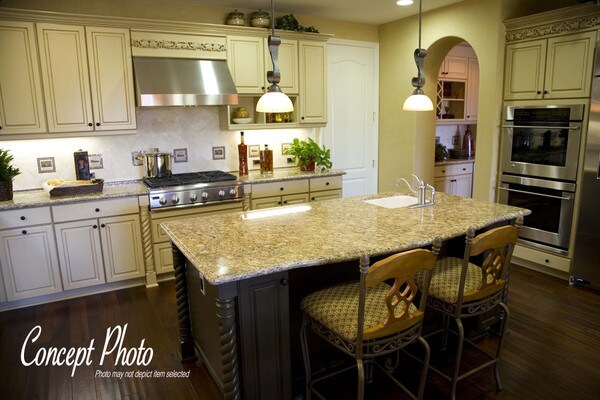Make The Most Of Adaptability with Flexible Legs For Kitchen Island Functions
Make The Most Of Adaptability with Flexible Legs For Kitchen Island Functions
Blog Article
A Guide to Selecting the Perfect Legs For Kitchen Island for Your Home
Choosing the ideal legs for your kitchen island is a nuanced decision that impacts both the performance and aesthetic appeal of this central space. As you consider these aspects, it comes to be apparent that the right legs can change not just the appearance of your kitchen area however likewise its usability for years to come.

Understanding Kitchen Island Legs
When picking legs for a kitchen island, it's vital to understand their functional and aesthetic functions in the general style. The legs serve as a critical support group, ensuring security and longevity for the island, which frequently works as a work space, eating area, or gathering place. The choice of product and construction strategy have to be robust adequate to withstand day-to-day usage and potential wear.
In enhancement to their architectural obligations, legs add significantly to the island's aesthetic appeal. They can enhance the kitchen's design, whether through conventional, contemporary, or diverse layouts. The height and proportion of the legs are additionally crucial considerations; they should integrate with the island's counter top height while making certain comfy seating for those utilizing the area.
Furthermore, the leg layout can influence the overall flow of the kitchen area. Open, ventilated leg styles can develop a feeling of agility, while solid, substantial legs might share an extra grounded and stable aesthetic - Legs For Kitchen Island. Comprehending these useful and aesthetic elements will direct home owners in making informed options that enhance their kitchen's design and improve its functionality
Popular Styles and Products
The choice of legs for a kitchen island includes a selection of prominent styles and materials, each offering one-of-a-kind characteristics that can improve both functionality and looks. Typical legs typically exhibit elaborate details and workmanship, improving timeless kitchen designs.

Elevation and Stability Considerations

Stability is one more vital consideration. The legs of the kitchen area island need to give ample support, ensuring that the structure can stand up to daily use without changing or wobbling. Product option plays a considerable duty in stability; metal legs, for circumstances, often tend to offer better stamina contrasted to timber. In addition, ensuring that the island is firmly anchored to the floor or wall can enhance security, particularly for larger islands that may bear substantial weight.
Matching Your Kitchen Visual
Choosing the appropriate legs for your kitchen area island exceeds performance; it additionally plays a substantial function in the total visual of the space. When picking legs, take into consideration the layout style of your cooking area. For a contemporary appearance, streamlined metal or minimal designs can create a clean, modern-day vibe. On the other hand, conventional or rustic kitchens typically benefit from wood legs with intricate outlining or a distressed finish, boosting warmth and personality.
Legs that complement or comparison with your island's surface and surrounding cabinets can develop aesthetic consistency or striking focal factors. In addition, consider the finish of the legs; matte, shiny, or textured coatings can substantially affect the general feeling of the kitchen.
Installation and Maintenance Tips
Mounting kitchen island legs calls for cautious attention to detail to ensure both stability and aesthetic allure. Begin by choosing a suitable location for your island, guaranteeing it is degree and has adequate area for movement. Use a stud finder to find wall studs if you are attaching the legs to a wall or using brackets for included support. Mark the placement of the legs properly before boring.
When securing the legs, make use of high-grade screws and, if required, wood adhesive for added stamina. For steel legs, ensure that you are utilizing suitable anchors and devices to avoid damage to your floor covering. It is a Learn More good idea to look for levelness after setup, making adjustments as needed to avoid wobbling.
Tidy the legs with a suitable cleaner, staying clear of rough products that may damage the surface. By complying with these installation and upkeep tips, you can guarantee that your kitchen area island legs stay both visually enticing and useful.
Verdict
In conclusion, choosing the suitable legs for a kitchen island requires careful factor to consider of height, security, and visual compatibility. Ultimately, thoughtful leg choice plays a vital role in raising both the practicality and layout of the kitchen area room.
When choosing legs for a kitchen island, it's essential to comprehend their useful and aesthetic functions in the general layout. Open, airy leg designs can create a feeling of agility, while solid, considerable legs may share a more based and stable aesthetic. The legs of the kitchen area island must offer sufficient assistance, guaranteeing that the framework can endure everyday check use without changing or tottering.Mounting kitchen island legs needs cautious interest to detail to guarantee official site both stability and visual appeal.In verdict, selecting the suitable legs for a kitchen area island necessitates cautious consideration of height, stability, and visual compatibility.
Report this page